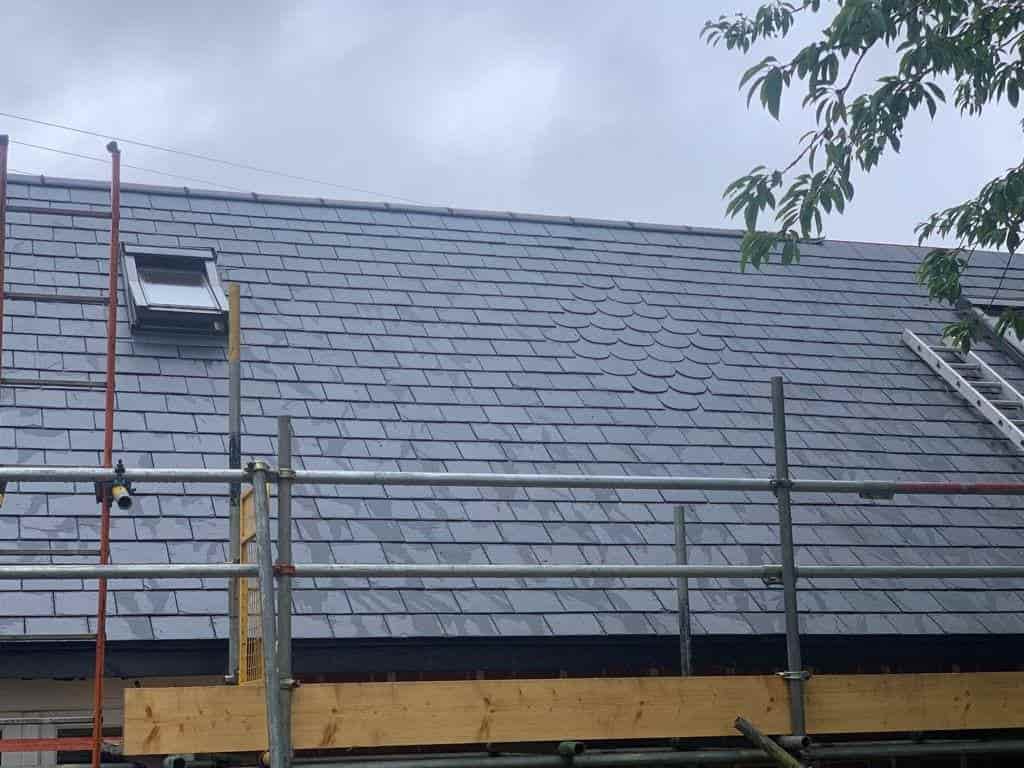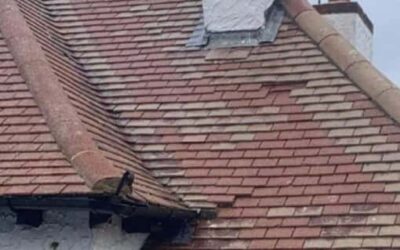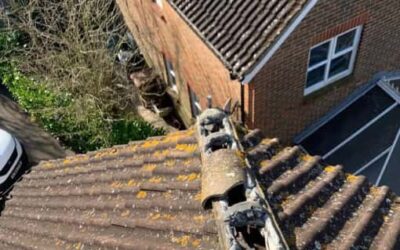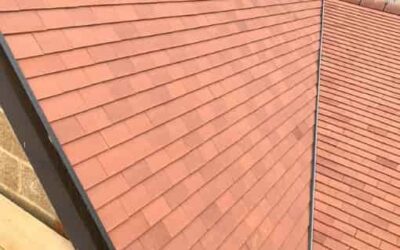One of the essential components of your home is the roof. It protects the rest of the house from weather exposure and water damage when it’s working correctly. Your roof will eventually, over the years, start to show signs of wear and tear, though. Up until it develops a severe issue that will require you to have roof repairs. Roof damage is often taken for granted.
It is best to be proactive and look for early warning signs that you may need a new replacement roof to lower repair expenses and the risk of injury or property damage. In the interim, effective house maintenance keeps you safe while ensuring that it stays in good shape to increase its potential market value.
Damage from water (in the loft or upstairs)
A damaged and leaking roof is indicated by moisture, brown, yellow, or grey stains, and peeling paint on walls and ceilings. Additionally, check your attic for leaks or wet rafters, which may be another sign of roof damage. Although you are the first line of defence when spotting roof damage, be aware of your limits.
Hire experienced local roofers once a year to perform a thorough check. A routine inspection could save you money on roofing repairs by spotting minor damage before it worsens. A skilled professional has the tools and safety protocols necessary to climb up your roof and inspect it for damage.
The Roof is Past its Useful Lifespan
What year was your current roof installed? A roof’s lifespan may range from 20 to 50 years, but it also depends on the roofing material. To determine how long your roof will last and when to replace it, you should know who first installed it. If you are still determining the exact date, look up home improvement records to determine the year. It also depends on whether your roof is well-ventilated, has already been renewed, and has only one layer of shingles. Suppose the roof is over 20 years old and was installed over several layers or another layer. In that case, you may need a roof replacement or a survey to establish the necessary repair.
Sagging Roofs
Sagging indicates moisture buildup beneath the roof has rotted away the supporting planks. Replace a sagging, drooping roof to prevent future damage to your home. In particular, search for signs of trapped moisture, rotting boards, or sagging areas at the lowest points of the roof.
You will be able to notice this if you stand back from your home—possibly across the street—and see it from various angles. A roof should appear straight along its lines; thus, any drooping or slumping should be visible as it happens.
Growth of Moss, Mold, or Fungus
Moisture buildup can harm a roof, as seen by moss, mould, and fungi growth. To get rid of the moss that accumulates on your roof’s dark sections, uses a stiff brush, but first, take care to fix any underlying problems. After brushing, if any evident moss is still present, call your local roofing contractors to have the roof carefully assessed.
Shingles that are buckling or curling
When the shingles start to curl or buckle, this is a sign that they are no longer properly connected and are probably already ruined. A mighty wind could capture the bent surface and do more harm the next time there is a heavy storm. Shingles may need to be replaced in some circumstances, but this issue may signify something more serious.
How Much is Roof Replacement?
Most homeowners must first evaluate their budgets before ordering the installation of a new roof. How much does a new roof cost? It’s crucial to keep in mind that a variety of factors affect the final cost. The price for new roof replacement might vary based on your roof’s complexity, your property’s size, and the type of roofing material you choose. You may get all the roofing help you need at Stafford Roofing Services. Get in touch with us today so we can give you a precise estimate of the price of a new roof for your home.



